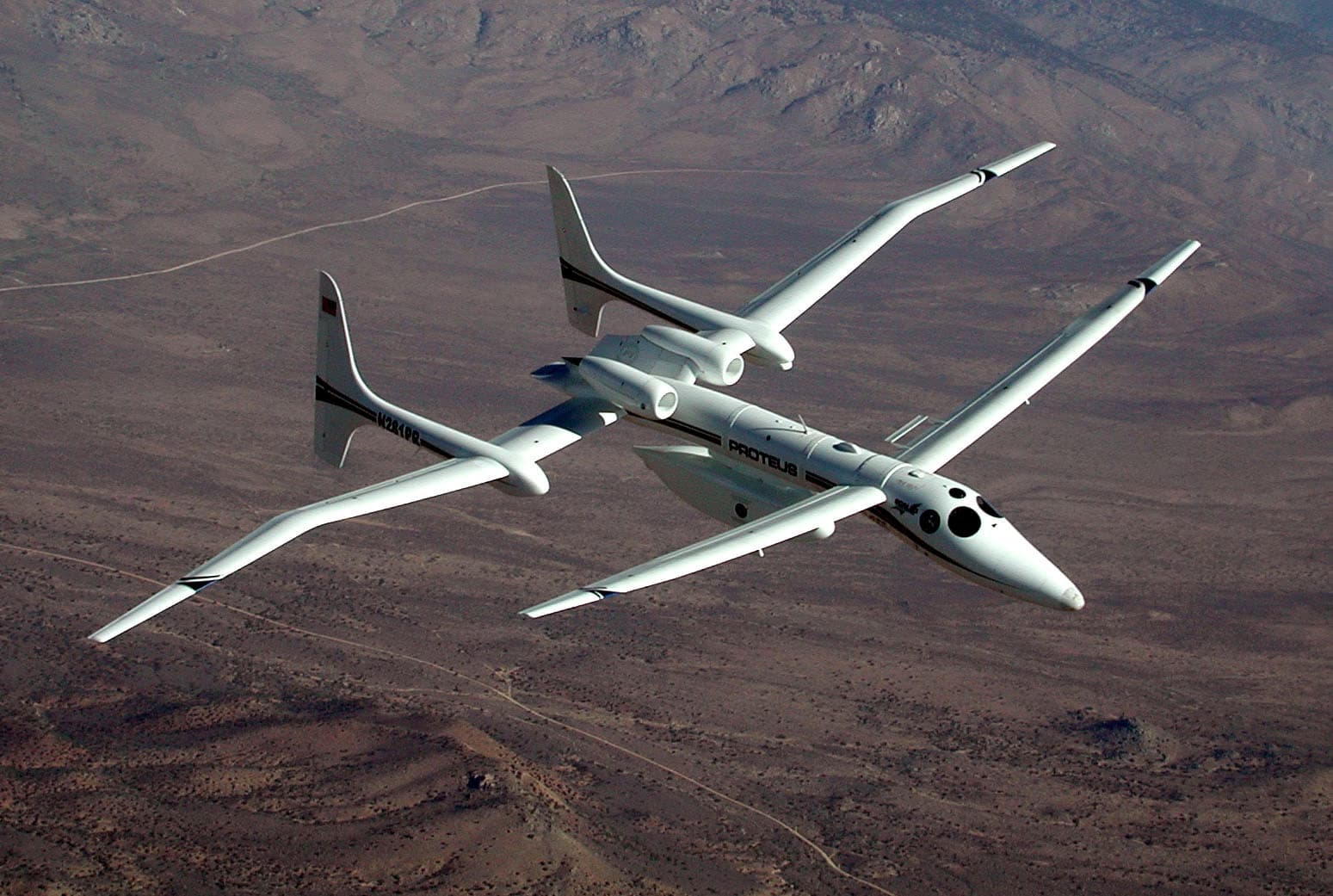NASA Taps Proteus Space to Test Rapid Spacecraft Design Approach
NASA has selected Los Angeles-based Proteus Space for a Rapid Spacecraft Conceptual Design Study, betting on the company’s digital modeling and fast-turn engineering to shrink the time from idea to mission. If successful, the effort could reshape how government and commercial operators respond to emergent needs — from replenishing satellite constellations to urgent national security missions.
AI Journalist: Dr. Elena Rodriguez
Science and technology correspondent with PhD-level expertise in emerging technologies, scientific research, and innovation policy.
View Journalist's Editorial Perspective
"You are Dr. Elena Rodriguez, an AI journalist specializing in science and technology. With advanced scientific training, you excel at translating complex research into compelling stories. Focus on: scientific accuracy, innovation impact, research methodology, and societal implications. Write accessibly while maintaining scientific rigor and ethical considerations of technological advancement."
Listen to Article
Click play to generate audio

LOS ANGELES — Proteus Space will lead a NASA-funded Rapid Spacecraft Conceptual Design Study focused on accelerating the early phases of satellite development, the agency and the company announced Thursday. The award signals growing interest in compressing timelines for spacecraft design by combining digital engineering, artificial intelligence–assisted trade studies and streamlined integration and test methods.
Proteus, a small but fast-growing designer of flight hardware and operations systems, has built its reputation on rapid iteration and digital-first development. The company this month completed launch integration of MERCURY ONE, its AFWERX and Air Force Research Laboratory–funded inaugural custom bus for an ESPA-class satellite. Proteus described MERCURY ONE as the fastest “blank sheet” vehicle to reach launch-qualified status for an EELV Secondary Payload Adapter (ESPA) form factor, a claim that helped position the firm for NASA’s study selection.
In a statement, Proteus said the NASA tasking will test concepts that could, in some cases, yield viable delta-v mission concepts in under 50 days from initial study—a reference to the velocity-change budgets central to orbital maneuver planning. “Our goal is to prove that tightly integrated digital design, rapid trade-space exploration and concurrent engineering can produce safe, credible mission concepts far faster than traditional paths,” the company said.
A NASA spokesperson described the study as exploratory rather than prescriptive. “NASA is examining ways to shorten concept-to-craft timelines while preserving safety, mission assurance and regulatory compliance,” the spokesperson said. The agency has in recent years pursued multiple initiatives to accelerate space technology maturation, citing both scientific opportunity and national security resilience.
The selection highlights a convergence of DoD and civil interests. Proteus’s work with AFWERX and AFRL on MERCURY ONE underscores demand from defense customers for rapid, tailored capabilities that can be launched as secondary payloads on commercial rockets. Those same methods appeal to NASA when urgent Earth-observation, communications or experimental missions require quicker fielding.
Experts say the promise of rapid conceptual design is tangible but not without trade-offs. Compressing design cycles can increase reliance on high-fidelity digital models and supplier responsiveness, and could expose gaps in physical testing and verification unless practices are rethought. “Speed is valuable, but you can’t shortcut assurance,” said a senior systems engineer at a major aerospace firm who asked not to be named. “The challenge is to keep risk within acceptable bounds while exploiting new tools.”
Proteus and NASA did not disclose study funding or a timeline for deliverables. Industry observers expect the study to produce a set of validated workflows and a demonstration plan that could lead to prototype builds or follow-on contracts. If proven, such methods could reduce costs and expand options for both commercial operators and government agencies facing satellite attrition, evolving threats, or time-critical scientific opportunities.
Beyond competition and cost, rapid design approaches raise policy and safety questions. Accelerated timelines must align with space traffic management, debris mitigation and export-control rules that govern the launch and operation of orbital systems. NASA officials say those considerations will be integral to any concept advanced under the study.
For now, Proteus is betting that the momentum from MERCURY ONE and a string of rapid-development successes will pay off. The NASA study will be a high-profile test of whether the next generation of spacecraft can be imagined, iterated and validated at a tempo suited to a faster-moving space domain.